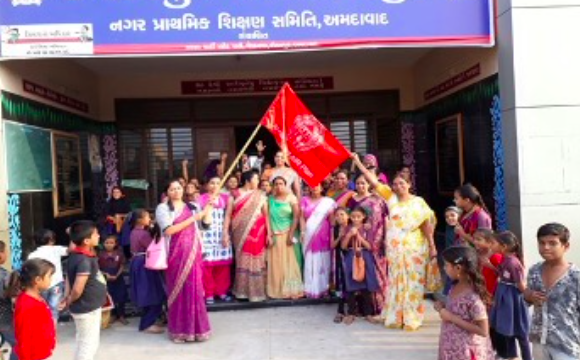Ahmedabad has shown strong political will to improve air quality, evidenced by the city’s 2017 Air Information & Response (AIR) Plan,7 an air pollution response plan supporting monitoring, air quality forecasting, and an emissions inventory attributing pollution contributions by sector.
The Ahmedabad AIR Plan is the first of its kind in India, developed by the Ahmedabad Municipal Corporation (AMC) with national and international experts, and. It adapted learnings on air pollution-health risk communication from Beijing, Los Angeles, Mexico City and New Delhi.
“Tackling air pollution is a priority issue for Ahmedabad,” said Ahmedabad’s then-Mayor Gautam Shah in 2017. “We are proud to be launching the AIR Plan as we take the health of our citizens very seriously.”
Dr. Chirag Shah from AMC says, “Keeping health as the focus of its action on air pollution, in 2017, the city of Ahmedabad developed the first of its kind health risk communication plan on air pollution called the Air Information and Response (AIR) Plan. Since then the city has been implementing the health-based components of the plan focused on vulnerable sections of the population, raising awareness on air pollution. We are happy to now see other cities in the country adopt the plan and we look forward to cross-learnings and experience-sharing.”



